Interview with Klaus Thymann
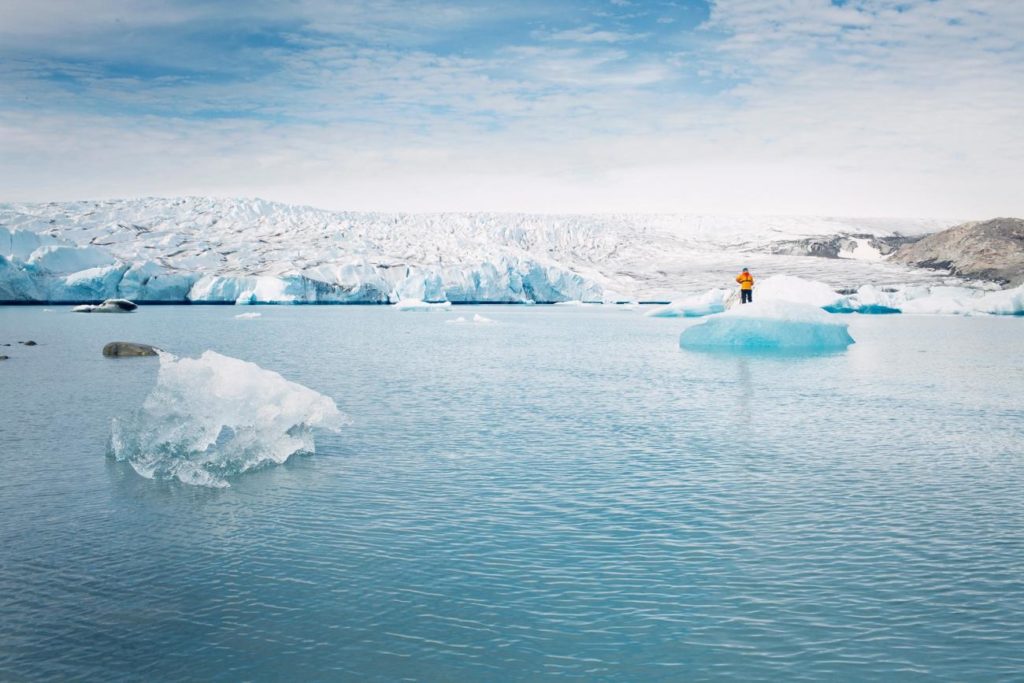
Image: From the expedition to East Greenland, 2012 © Project Pressure
Interview with Klaus Thymann by Unseen Amsterdam.
“In the run-up to this year’s Unseen festival, we will be interviewing the artists behind Project Pressure’s exhibition When Records Melt. This week we caught up with the organisation’s Founder and Director, Klaus Thymann, to discuss what first drew him towards life as a scientist and the way in which Project Pressure combines scientific skill and photography to inspire behavioural change in a thought-provoking and exciting way.
Why did you become a scientist? Can you explain how your science background influenced your photographic praxis?
I never pursued higher education when I was younger as I started shooting professionally at the age of 15. But I always wanted to study. With Project Pressure, we collaborate with a lot of scientists and scientific organisations, so it seemed natural for me to study a degree in environmental science as I was reading a lot of papers and literature in the area. Having a photography background and a scientific education allows me to create projects with artistic depth and a solid scientific foundation. Art is great, but dealing with environmental issues can easily become superficial. Environmental issues are often systemic, globally influenced by multiple factors and associated with a lot of complexity. It is difficult to understand the details and even harder to communicate it; I hope my knowledge can help deliver inspiring as well as comprehensive projects.
What inspired you to found Project Pressure? You started Project Pressure in 2008. What has changed since then and what hasn’t?
I have a deep love for nature and I was getting very anxious about the lack of response to climate change. Unfortunately, scientific facts are not sexy and inviting to engage with. I was hoping to inspire people with Project Pressure to engage with the otherwise difficult subject. In the past 10 years, we have passed the point where climate change can be avoided as there is just too much CO2 in the atmosphere. It is a massive collective failure. Now we have to look at limiting further emissions but also adapting to the effects of climate change. I am not sure this will work, not sure if there is a plan B, but there is definitely no planet B. We only have this earth.
We slowly transferred to using the expression ‘climate change’ instead of ‘global warming’. What do you think the reasons are for this?
The scientific community never used the phrases interchangeably, but the reason for the current separation is the public has a better understanding of the complexity and mechanisms involved. Initially, the general public thought the only effect of climate change would be warming, but I think now with floods, fires and sea-level rising it is clear that climate change is more than just a warming of global mean temperatures, hence the use of the term ‘climate change’.
What other exciting projects do you have lined up for this year?
When Records Melt at Unseen is really just the launch of Project Pressure’s travelling exhibition; we have several venues and museums lined up for shows over the next few years. For instance, in 2019, we’ll show in Vienna at the Natural History Museum. What is really exciting about Project Pressure is how many great artists we work with, there are many more involved than the artists showing at Unseen so we can maintain an element of surprise.”
PROJECT PRESSURE AT MUSEUM OF CLIMATE CHANGE
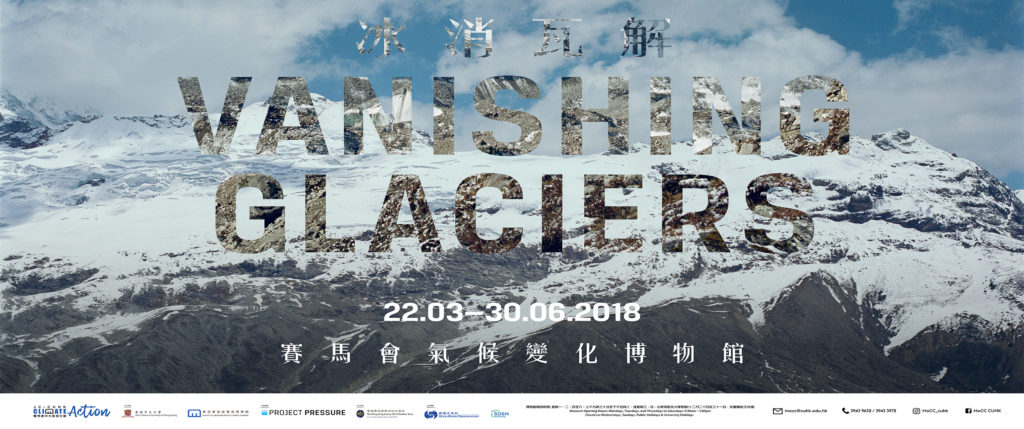
Under the title Vanishing Glaciers, Project Pressure will be presented at the Jockey Club Museum of Climate Change – Hong Kong
Walking through the museum audiences can see photographs by the artists; Corey Arnold, Michael Benson, Scott Conarroe, Peter Funch, Simon Norfolk and Klaus Thymann.
The walls are covered in full height printed canvases with glacier images shown in a saloon style layout. As you walk through the museum you pass through the seven continents, experiencing all types of glaciers be that on top of volcanoes, tidal-glaciers connecting with the sea or classic valley glaciers.
Project Pressure will also present a new way of showing comparative images, the team worked with Erik Schytt Holmlund who sourced images from 1946, 1959, 1980 and 2017 of the Tarfala Valley, Sweden and using photogrammetry created 3D models with photorealistic surfaces. In a video journey we fly through the landscape as we fade between the years and see how the glaciers are retreating.
On March 22nd 2018 at 3pm Professor Fok Tai-fai, Pro-Vice-Chancellor and Vice-President, The Chinese University of Hong Kong, will introduce Vanishing Glaciers. This is followed by a keynote titled “Using art to communicate Climate Change” by Klaus Thymann, founder of Project Pressure.
Opening hours:
March 22nd – June 30th 2018.
Monday, Tuesday, Thursday to Saturday: 9:30 am – 5:00 pm.
Closed on Wednesday, Sunday, Public Holidays and University Holidays.
Address:
Jockey Club Museum of Climate Change
Yasumoto International Academic Park 8/F
The Chinese University of Hong Kong, Shatin, NT, Hong Kong
Tracking a century of glacial change

Klaus Thymann recently visited Helagsfjället, a mountain in Sweden, to document how the area’s ice has changed over time. The mountain is home to the most southern of Sweden’s many glaciers and is part of the Scandinavian Mountains. At 1797 metres above sea level, it’s the highest mountain in the country south of the Arctic Circle – but even at this altitude its glacier is shrinking.
The purpose of Thymann’s recent trip was to create an updated comparative image for Project Pressure’s archive collaboration with World Glacier Monitoring Service (WGMS) correspondent Per Holmlund. A glaciologist and professor in the Department of Physical Geography at Stockholm University, Dr Holmlund helped us locate a picture of Helags from 1908.
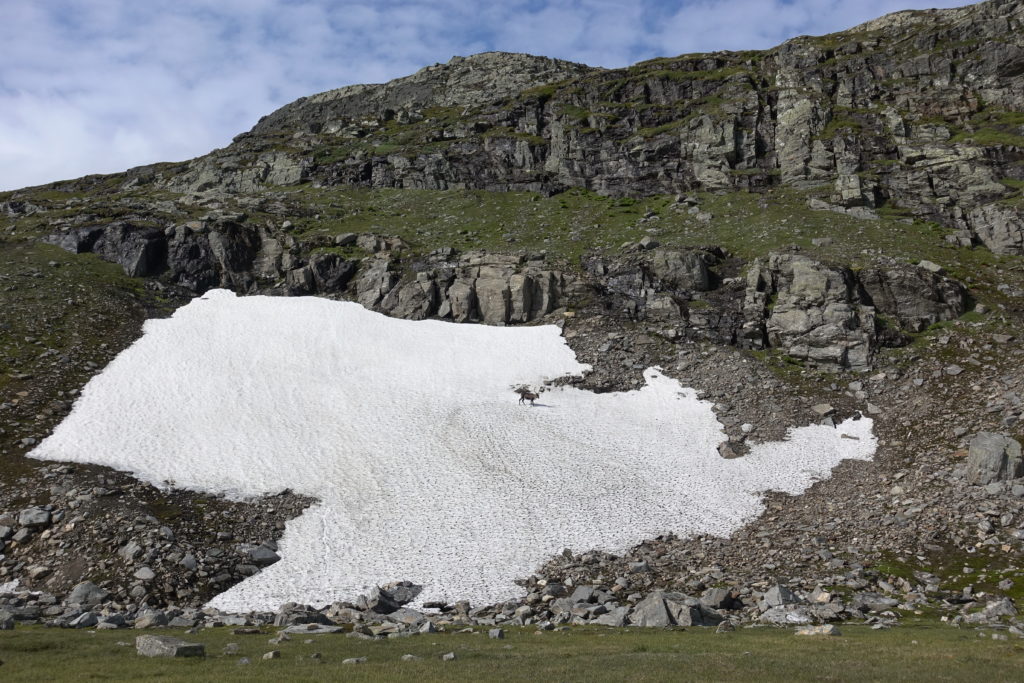
As he explains, “The 1908 pictures were taken by Fredrik Enquist who at that time was a student at Uppsala University. He had a grant from the Swedish Tourist Association to perform investigations of the glaciers in the Helags and Sylarna massif using terrestrial photogrammetry. The resulting maps, some of the photos and other information was published in a report at the Swedish geological survey in 1910. The areal change from 1908 until now is about 50% – which is significant. In general, Swedish glaciers have lost about 30% of their former extent.”

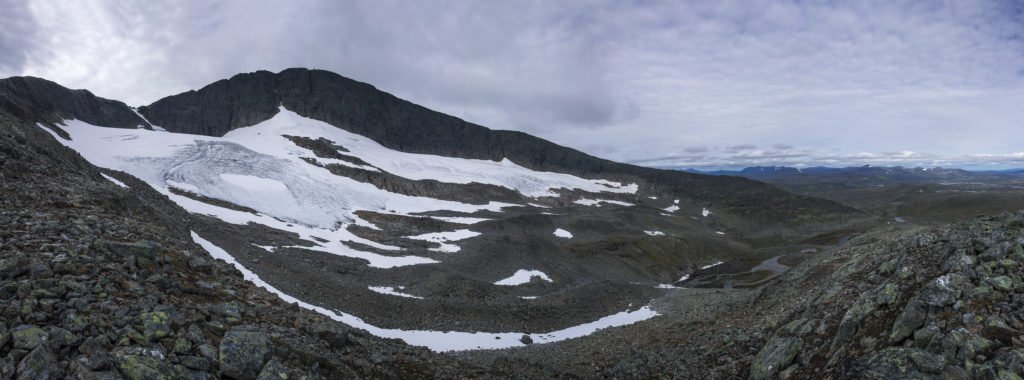
Above: the glacier’s retreat is clearly visible when comparing the images from 1908 and 2017 –
both are panoramic images stitched together from multiple exposures.
Washington’s Glaciers Revisited
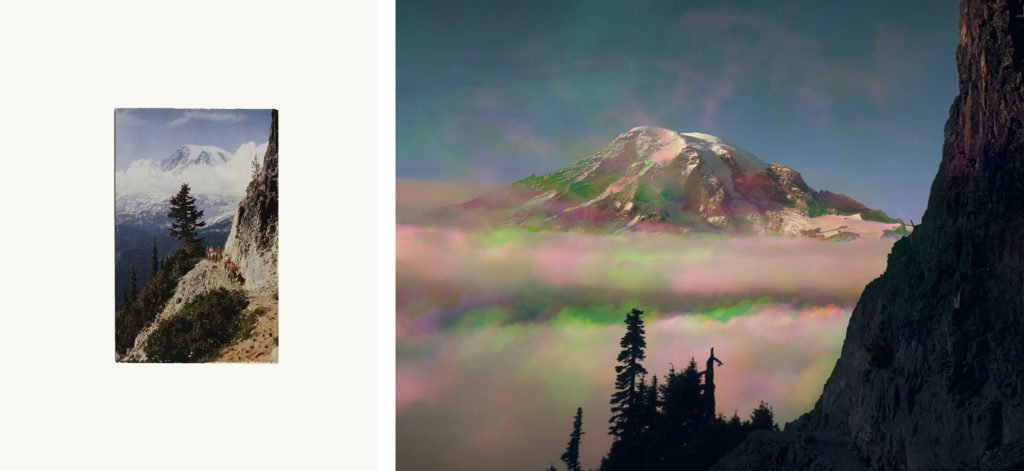
Mount Rainier (2016) by Peter Funch
Peter Funch has been making repeat visits to the Cascade Range in Washington’s National Park for the last 3 years. Commissioned by Project Pressure, his artwork takes inspiration from the wealth of historic postcards accumulated over the past century depicting this area. All his expeditions have been supported by charity sponsors Rab – they spoke to Funch about how his project has developed. Read the story and see more photos here.
The Life and Death of a Glacier
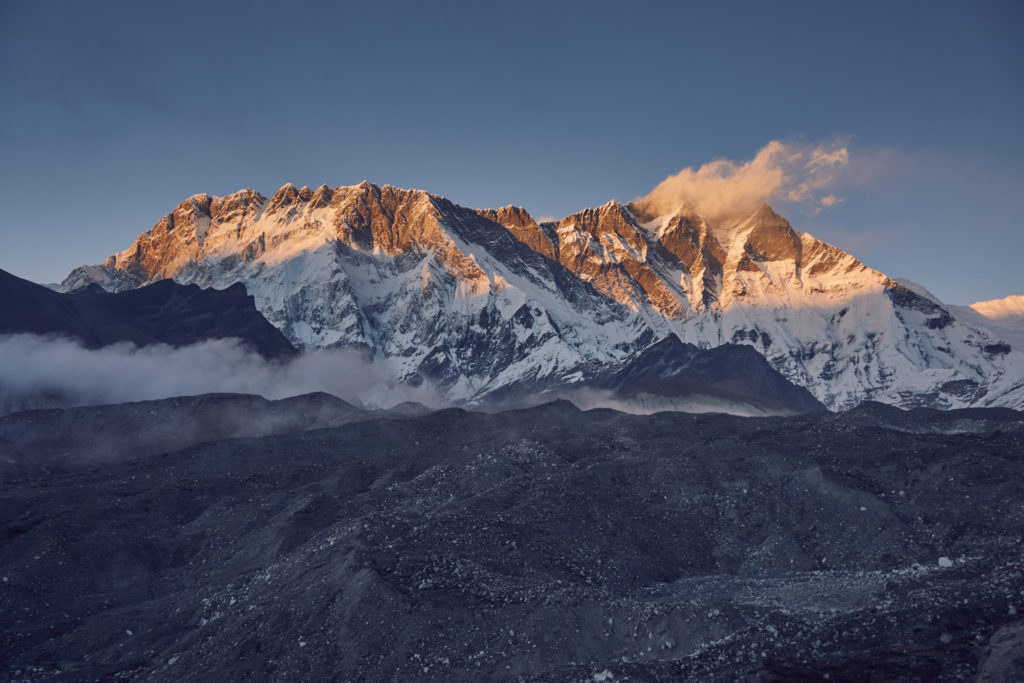
Lhotse Glacier from the Island Peak trail with view of Lhotse and Lhotse Shar in the background by Christopher Parsons.
Charity sponsors Rab recently spoke to contributing artist and competition winner Christopher Parsons for their blog. In an expedition supported by The Glacier Trust Chris spent three weeks traversing the trails around Lhotse in the Sagarmatha region. Taking inspiration from the scientists he was travelling with he gathered samples from different areas of the glaciers to be cultured by a microbiologist on his return to the UK. The results will become part of his final artwork as he juxtaposes the microscopic with the macroscopic.
Glaciers in the Nepalese Himalayas have suffered significant decline in recent years with research suggesting there is as little as 50 years before deglaciation leads to a crisis in water availability (ICIMOD, 2017). This underlines the need to document these glaciers and highlight the impact of climate change before it is too late. Read The Life and Death of a Glacier on the Rab website.
Noémie Goudal in The Guardian
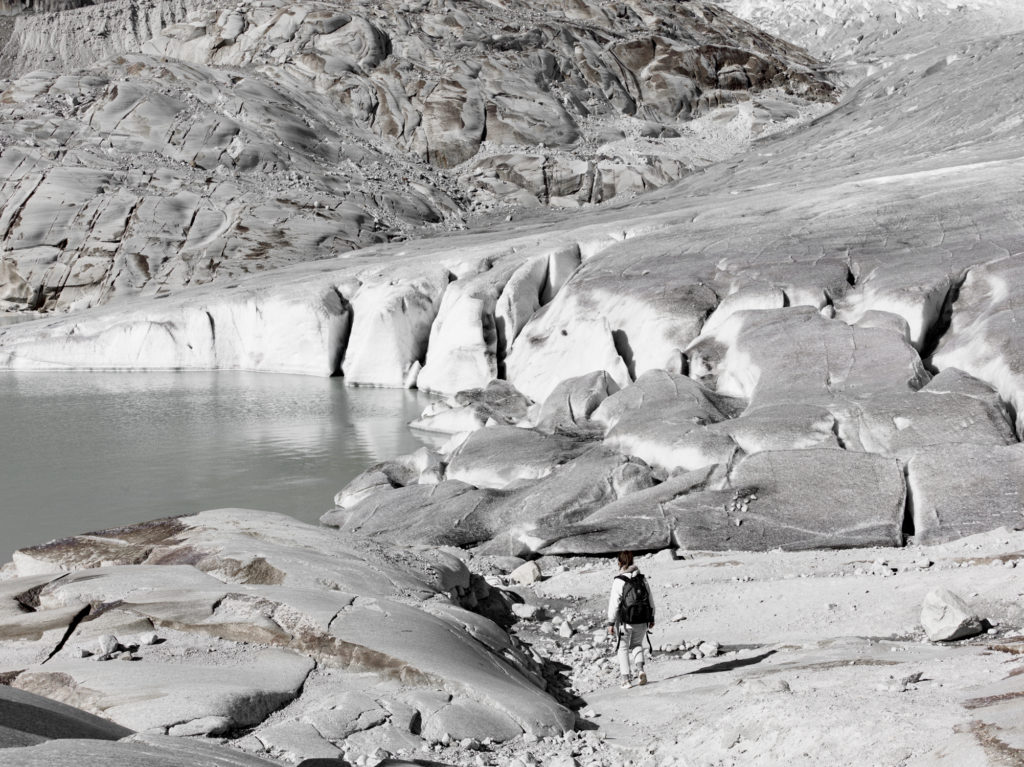
Noémie Goudal on location in Switzerland
A selection of photos from Noémie Goudal’s expedition to Switzerland are now online at The Guardian. The Norse Projects sponsored trip saw Goudal build an installation next to the Rhône Glacier as a personal response to glacial recession in the region. The dramatic landscape provided a prime example of how climate change is effecting the environment worldwide and an appropriate backdrop to Goudal’s artwork.
Diary from Nepal
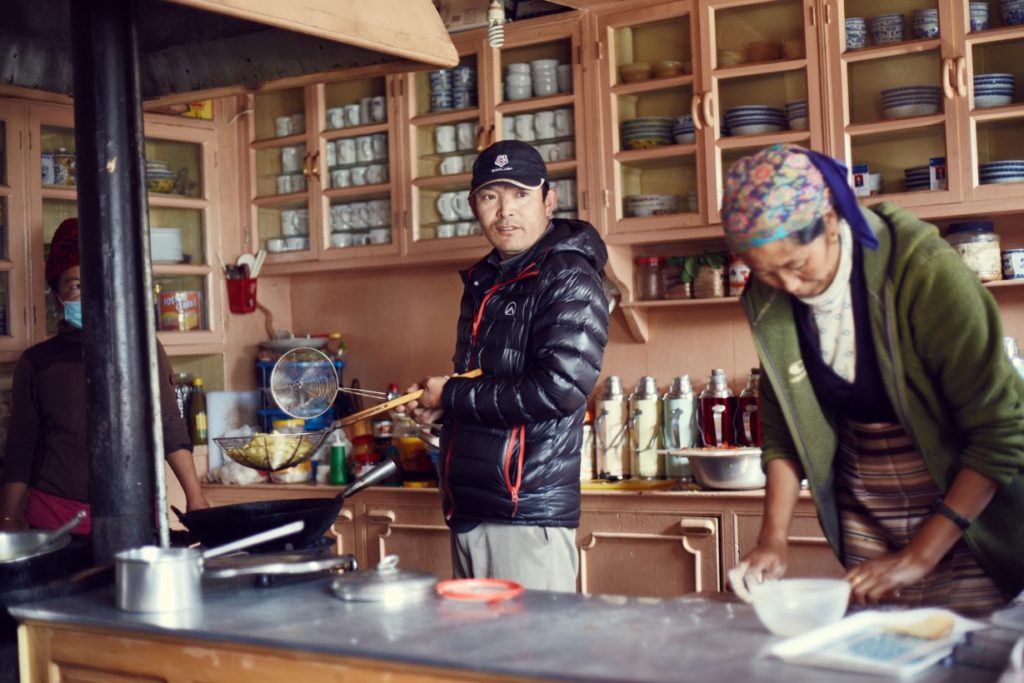
Phutashi Sherpa in the kitchen of his hotel
Last year Christopher Parsons travelled to Sagarmatha zone in Nepal as the winner of the Project Pressure and Glacier Trust open call. He joined a research team of students and staff from Tribhuvan University and Kathmandu University, as they studied glaciers and permafrost in the region. Travelling via Tengboche, Dingboche, Chhukung and eventually arriving at Imja Tscho Lake the group observe the Lhotse Shar, Ambulapcha and Imja glaciers. During the expedition Chris kept a diary of the trek and the people he met, here is his entry from day 5;
Monday, 17th October 2016 – Phortse 3810m to Dingboche 4410m
Woke up today still feeling good after a fairly easy days trek yesterday, I was preparing for what was supposedly going to be our hardest day trekking. During breakfast I spoke more with Jeff and Alina (Professor Jeffrey Kargel and Alina Karki) about their interviews with locals. They were gathering real life stories of what it was like during the Earthquakes of April 2015 that devastated this region of Nepal. I was honoured to be invited to sit in on the interviews to document them and take portraits.
Each of the stories touched me, these were personal accounts of events during the earthquake that happened inside the very rooms in which we were sat. One interviewee that stood out to me personally was a hotel owner who we interviewed in his kitchen as he cooked chips alongside his mother and sister.
Phutashi Sherpa told us in precise detail what happened in his hotel and also in his village of Upper Pangboche (4000m). It was then towards the end of the interview I found out the man stood in front of me had also summited Everest 12 times as well as many other peaks, including the mighty Ama Dablam. I took his portrait very quickly while trying to process all the information from the interview.
During lunch nearby, in the same village, I realised the man I had just met was one of the unsung Sherpa heroes who support and guide many British and American ‘adventurers’ on their quest to summit… I knew I had to go back to Putashi’s hotel and take his portrait again and thank him for sharing his story with us. Without people like Putashi and the other Sherpas, expeditions in the mountains would not be possible.
Interview with Noémie Goudal
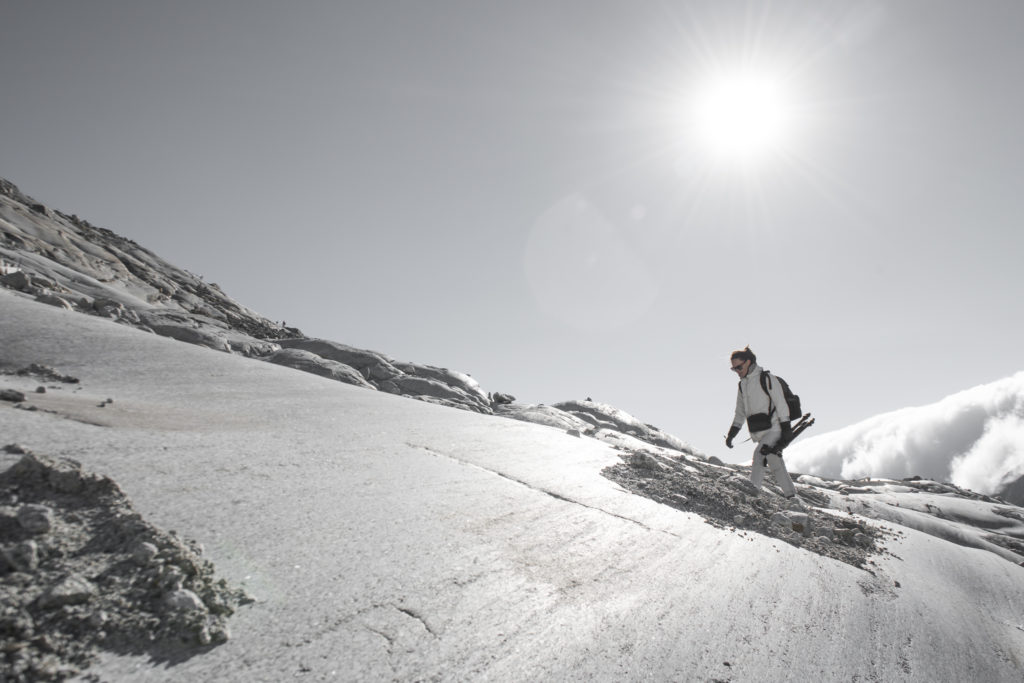
Noémie Goudal on location near Glacier du Rhone. Photo by Vincent Levrat (ECAL)
Interview with Noémie Goudal
Glacier du Rhône – October 2016
The Rhône Glacier is the largest glacier in the Uri mountain range, part of the Swiss Alps. It is the source of the river Rhône and one of the primary contributors to Lake Geneva. Noémie Goudal and a volunteer production team travelled there in mid October 2016 to produce an installation for Project Pressure, sponsored by Norse Projects. Noémie travelled to the glacier for a location recce then returned to build and photograph the installation that will form the final artwork.
Were there any moments that stood out as exciting or inspiring?
During the recce when I was on my own, discovering the landscape was the most inspiring moment. Being alone was important in this breathtaking environment. I have travelled a lot to many different places and I have never seen a landscape like it. The purity of the air and sky, the very blue lake and colour of the ice all coincide to create a new experience. It is out of this world and in turn influential in ideas and the concept.
The change in weather made us feel powerless, (an unexpected storm hit them) we were at its mercy but still everything went smoothly. I had a great team. Till Stoll, a volunteer on the production team, who runs an eco-hotel in nearby Andermatt, saw the importance of highlight climate change issues in his local area. He said the experience was incredibly enjoyable.
Describe your journey to the final piece/concept.
This project has been in the process for a long time, two years ago myself and Klaus Thymann from Project Pressure started a conversation about making an installation in the landscape. It took a long time to find a suitable location – the glacier has to be easily accessible due to equipment. This affected the proposed project since an idea based on landscape can’t be fully conceived without seeing the location first. We were very lucky to find such a stunning glacier only 10 minutes walk from the road.
What does the work represent?
The main area of my work is landscape, in particular that space between artificiality and natural. This artwork in particular is a photo of Glacier du Rhône in front of the icescape itself. It starts off that you cannot differentiate between the landscape and its copy. The photo is printed on biodegradable, ecologically-safe paper that disintegrates in water. As it dissolves you can see the artificial landscape against its natural form.
Parallels are drawn between the stratums of an image versus the landscape, with mountain landscapes of snow, rocks and ice melting to reveal a new layer, it provides a visual comparison. With ecological issues about sustainability already in mind this installation is the result of a challenge to find not only a concept that links glaciers, meltwater and environmental issues but also expands on all possibilities when looking at the natural landscape.
The installation questions how much you can use the landscape then expect it to remain the same. If you damage a layer can it remain the same, will it rebuild?
What were your thoughts and feelings on this location and how does it connect to the artwork?
The initial idea stemmed from work and ideas used and played around with in previous, unrelated artwork, in which I have used the dissolving paper before. (An integral part of this installation)
It is quite a high glacier for this area at approximately 2500m. The town nearby is high within the mountains so you don’t fully realise the altitude. The road leading there is gorgeous – you can see the road for 7km ahead of you as you drive along the mountains. From near the glacier you could still see the hotel we were staying in.
After the recce – the idea developed as the logistical possibilities opened up. The point of view changed as we realised the ease of access to and across the glacier. The first trip was my first visit to a glacier and it was very impressive. My thoughts expanded, as the landscape opened up. The glacier run off has made a lake that leads to an immense waterfall at the glacier mouth. For me the lake was very important; it depicted the transformation from solid to fluid that I had never seen it before.
When building the installation the noise of glacier cracking is quite loud. It can make you nervous, you can’t see the changes but you can hear it. It is a reminder that you’re working on a moving landscape. It is not a fixed installation and the work records the movement of a landscape that looks still but is actually moving.
Does this piece connect to climate change?
In this installation what is interesting is that the paper used disintegrates – it changes from being a normal sheet, a solid thing, to a white paste, with almost nothing left. As soon as there is contact with humidity it decomposes, which is strange for paper. (It was also important to use materials that don’t damage the landscape.)
This revealing of the authentic landscape reveals a timeline. Over a short period the paper falls off in layers, it not only links back to the earlier point of the stratum of the landscape but it also relates to a real timeline to do with climate change affects. In each photograph you will see a peeling of a stratus, this movement and change over time reflects that of a glacier. This motif repeats itself, a layer peels off, then a moment later a layer peels off, it heeds the gap between time and space.
How does it reflect on your experience in Switzerland?
It was a revelation to see the beauty of the landscape; it is such an isolated area. Once the local people realised that we were producing artwork to raise awareness of issues that are important to them – to do with the melting of glaciers – they became interested in the project.
What were conditions like – e.g. weather?
During the recce it was great, beautifully sunny with no wind but on the actual shoot it became cloudy, and a storm rolled in. From the glacier you overlook the Furka Pass, from here we witnessed a massive cloud running through valley – and with it a strong wind. The cloud was like a snake going through the valley, a dense, thick fog – similar to the famous Maloja snake clouds that run through the valleys in Graubünden canton. As it was not forecast, it forced the production to finish really quickly.
Did you achieve everything you set out to?
It’s a bit early to tell, I was frustrated by the wind, as we had to rush it. Hopefully the images will reflect the spectacular landscape and the materiality of the paper. This artwork is about the small details, when the final piece is produced and viewed as a large format print, or series of photographs, I want the viewer to look at the imperfections of the paper, wires and installation compared to the natural landscape. There is an aspect of unknowing due to the storm.
Noémie Goudal in Switzerland
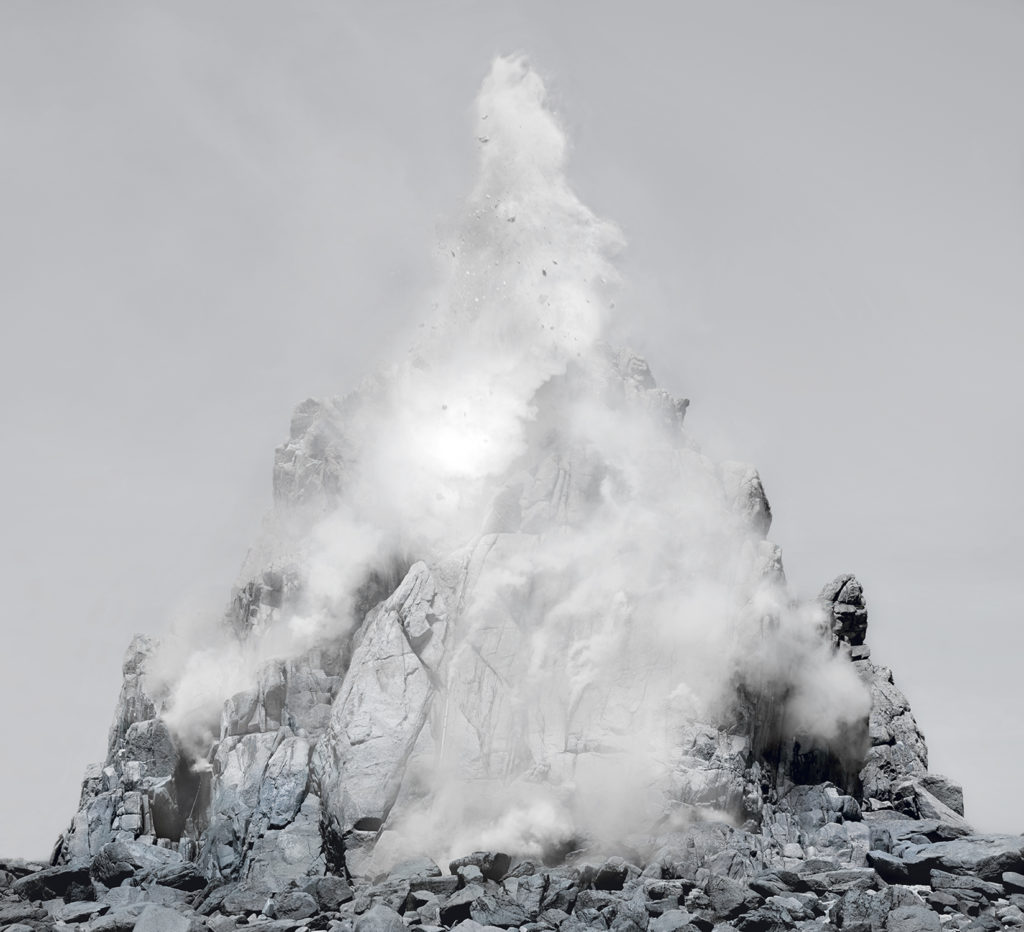
Tectonic, Lightjet Print, 168 x 185 cm, 2015 © Noemie Goudal
Noémie Goudal is currently in Switzerland developing artwork for Project Pressure. Influenced by the recession of glaciers in the Swiss Alps, this piece will reflect Project Pressure’s mission to highlight how climate change is affecting landscapes in Europe and the rest of the world. This expedition is kindly supported by Norse Projects.
Project Pressure at Sustainable Brands
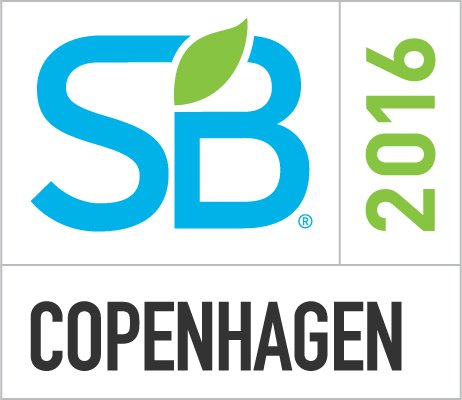
On 28th September Project Pressure will be taking part in Sustainable Brands‘ Copenhagen conference on consumer engagement & communication. The platform aims to build relationships with brands that want to close the gap between cultural projects and commerce, in turn inspiring and accelerating social change.
If you, or your company, are interested in learning more about this or establishing a relationship with Project Pressure please get in contact with Will Skeaping.
